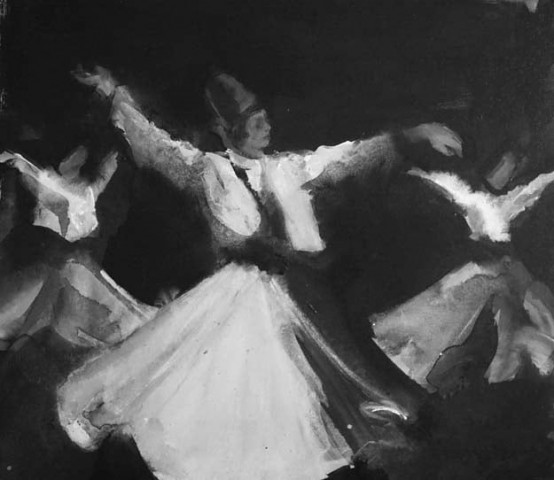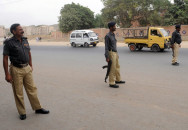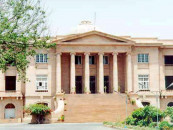Cradle of tolerance: Preserving the tradition of Jhule Lal
Both Muslims and Hindus worshippers visit his shrine, says speaker

PHOTO: EXPRESS/FILE
Boivin is a research fellow at the French National Center for Scientific Research (NCSR) and a member of the Center for South Asian Studies (CEIAS) at the School for Advanced Studies in the Social Sciences (EHESS).
He was speaking while presenting a provincial report of Udero Lal Research Project (ULRP) fieldwork (April and October 2016) during a presentation, titled 'Jhule Lal at the Crossroad', at Alliance Française de Karachi on Friday evening. The ULRP is an international and multidisciplinary project funded by the NCSR and hosted by the CEIAS.
Talking about the project, Boivin said many angles of the project are yet to be completed. According to him, a single perspective such as anthropological, historical or architectural is not enough to understand the various traditions of Jhule Lal. Due to this, the project has been divided into three parts - literary and visual construction of the figure, authority and sacred space and territories and structure of the sacred places.
The two sites that the project is focusing on are the main shrine of Udero Lal, a darbar located 60 kilometres from Hyderabad and another Jhule Lal Mandir in Tando Adam, he said, adding that the darbar is the biggest site devoted to Jhule Lal.
Speaking about the traditions of Jhule Lal, he referred to first publication in 1890 and before that there were only oral traditions.
Elements of Hinduism
Jhule Lal is represented in almost every Hindu temple in Sindh. However, there are some specific traditions and panths [paths] in which he is commonly represented, said Zahida Rehman Jatt of University of Sindh's anthropology department. Mentioning the famous panths, she remarked that they include Nanakpanth, the followers of Guru Nanak, and Udasipanth, the followers of Baba Sri Chand.
She also said that as per the people in various temples, both Guru Nanak and Jhule Lal are believed to be avatars of Vishnu. She added that both the Daryapanthi [followers of river], who are associated with Udero Lal, and Nanakpanthi spaces have elements that are borrowed from each other and intermix. In many places, Jhule Lal and Guru Nanak are represented side by side, she remarked. The shrine is a shared place for both the Muslims and the Hindus and there is no communal difference or hatred among the worshipers at the shrine of Jhule Lal, she added.
Published in The Express Tribune, October 9th, 2016.



















COMMENTS
Comments are moderated and generally will be posted if they are on-topic and not abusive.
For more information, please see our Comments FAQ